The semi-trailer is a staple in the transportation and logistics industry, playing a crucial role in the movement of goods across vast distances. Yet, the name “semi-trailer” might lead to questions about its origins and operational dynamics. In this article, we delve into the definition, historical context, advantages, and contrasts between semi-trailers and other types of trailers, providing a comprehensive understanding for manufacturers, suppliers, and logistics professionals.
What is a Semi-Trailer?
A semi-trailer is a type of trailer that is designed to be towed by a tractor unit. Unlike a full trailer, a semi-trailer does not have front wheels, which means that it relies on the vehicle’s tractor for support. Typically, the front of a semi-trailer is designed to couple with a fifth wheel hitch located on the tractor, allowing the semi-trailer to pivot and maneuver effectively.
Features of Semi-Trailers
| Feature | Description |
|---|---|
| Axles | Most semi-trailers possess one or more axles, which bear the trailer’s weight. |
| Body Materials | Constructed from various materials, including aluminum, steel, or composite materials. |
| Load Capacity | Varies widely based on design but can range from 20,000 to over 40,000 pounds. |
| Length | Standard lengths typically range from 48 feet to 53 feet in North America. |
| Types | Includes flatbeds, refrigerated, and dry van trailers, among others. |

Why Is It Called a Semi-Trailer?
The nomenclature of the “semi-trailer” stems from its structural design and functionality. The term “semi” signifies that the trailer is only partially supported—essentially, it occupies a position between a full trailer and simply a cargo transport method.
Name Origin Breakdown
| Aspect | Explanation |
|---|---|
| “Semi” | Indicates partial support; derives from Latin “semi-” meaning half or partly. |
| “Trailer” | Refers to a vehicle designed to be towed rather than driven. |
This etymology emphasizes the unique operational mechanics of a semi-trailer, which requires a canny understanding of both engineering principles and logistical acumen.
The Historical Evolution of the Semi-Trailer
Tracing the lineage of the semi-trailer traces back to early 20th-century innovations when transportation called for more efficient means to move goods. A notable breakthrough occurred in the 1930s, when advancements in truck design paired with innovative hitching mechanisms allowed for the development of what we now recognize as the modern semi-trailer.
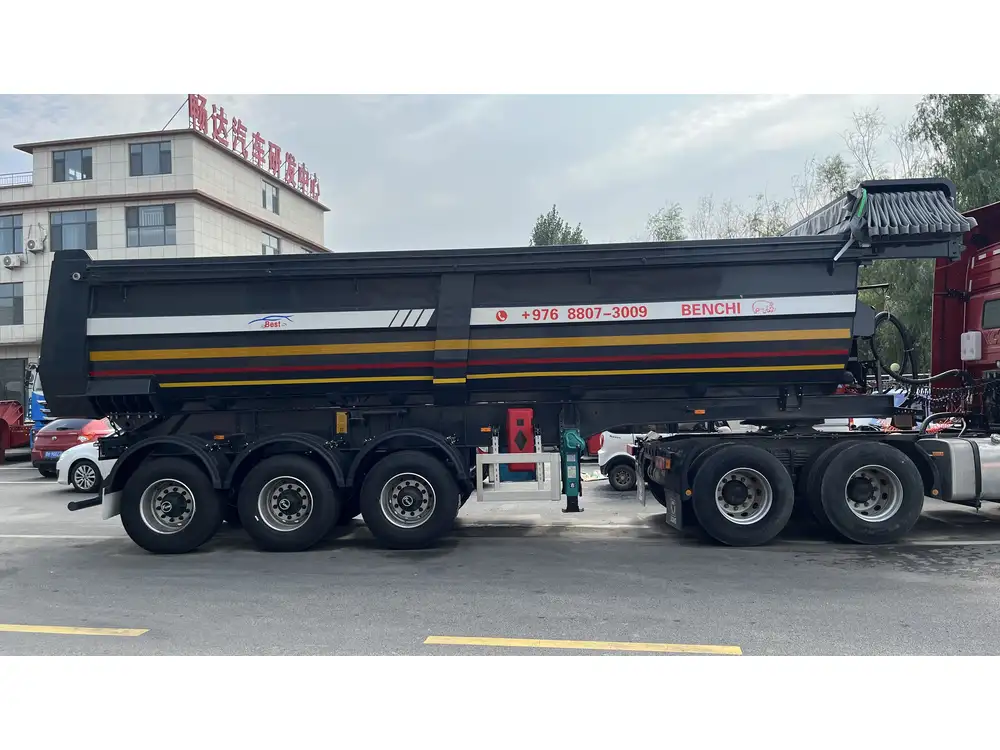
Key Historical Milestones
- 1920s: Initial designs of truck tractors and trailers begin to emerge.
- 1930s: The combination of trucks and trailers takes flight, leading to increased cargo capacities.
- 1950s-1960s: Federal regulations in the United States introduce standards for trailer dimensions, leading to the standardization of semi-trailer sizes.
- 1980s-Present: The introduction of advanced materials and technology, including aerodynamic designs and improved braking systems, enhance operational safety and efficiency.
Types of Semi-Trailers
In the realm of transportation, various types of semi-trailers cater to different freight needs. The primary categories include:
1. Refrigerated Semi-Trailers (Reefers)
Used for transporting perishable goods, these trailers maintain specific temperature ranges crucial for products such as food and pharmaceuticals.
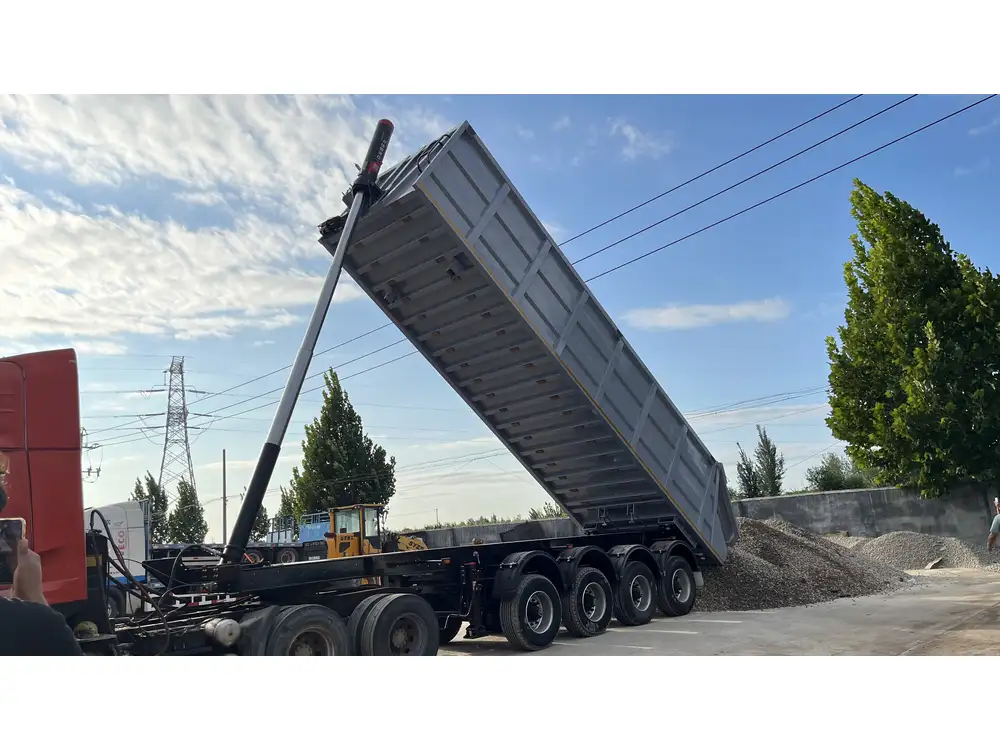
2. Flatbed Semi-Trailers
Designed without roof or sides, these are ideal for carrying heavy machinery, lumber, and other oversized loads that require easy loading from any side.
3. Dry Van Semi-Trailers
Equipped with enclosed structures to protect cargo from external elements, these are the most common type seen on the roads, frequently used for goods that require basic transportation.
4. Tank Semi-Trailers
Specifically engineered for transporting liquids, these trailers are ideal for milk, chemicals, and fuels, often featuring specialized valve systems and construction materials.
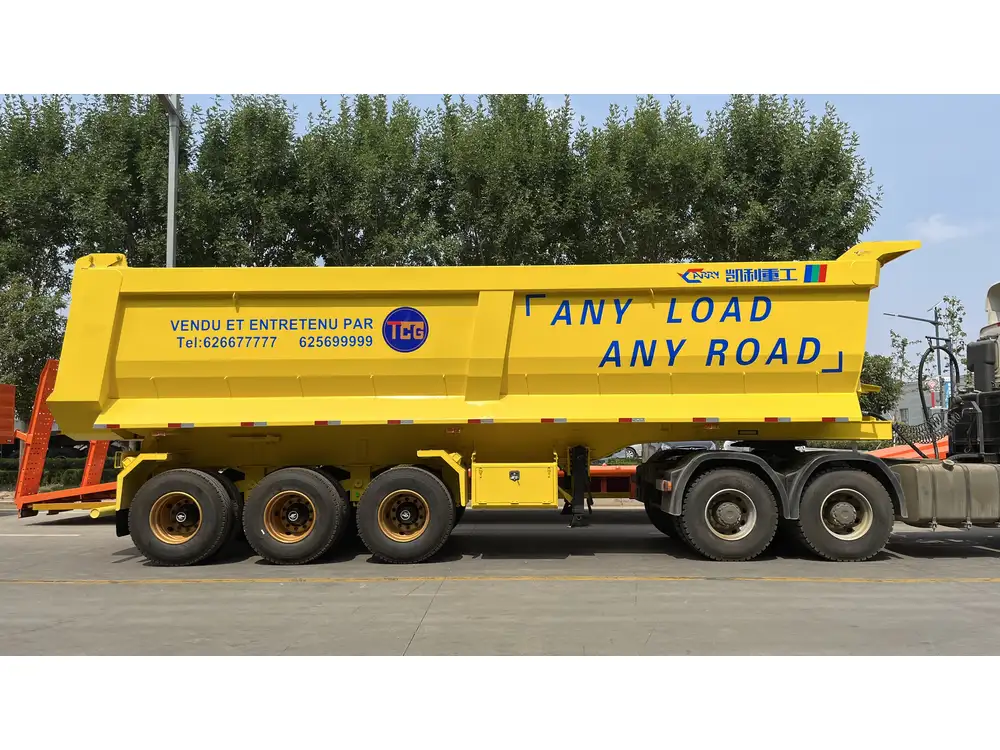
5. Dump Semi-Trailers
Used predominantly in construction, these semi-trailers can be raised to dump their contents at designated locations.
| Type | Use Case |
|---|---|
| Refrigerated | Perishables, pharmaceuticals |
| Flatbed | Oversized machinery, construction materials |
| Dry Van | General freight |
| Tank | Chemicals, fuels |
| Dump | Construction and demolition materials |
Benefits of Using Semi-Trailers
The utilization of semi-trailers offers a breadth of advantages that bolster efficiency and cost-effectiveness in logistics and manufacturing.
1. Enhanced Maneuverability
Due to their design, semi-trailers can navigate tighter spaces than full trailers. Their pivoting ability allows for sharper turns and better handling.
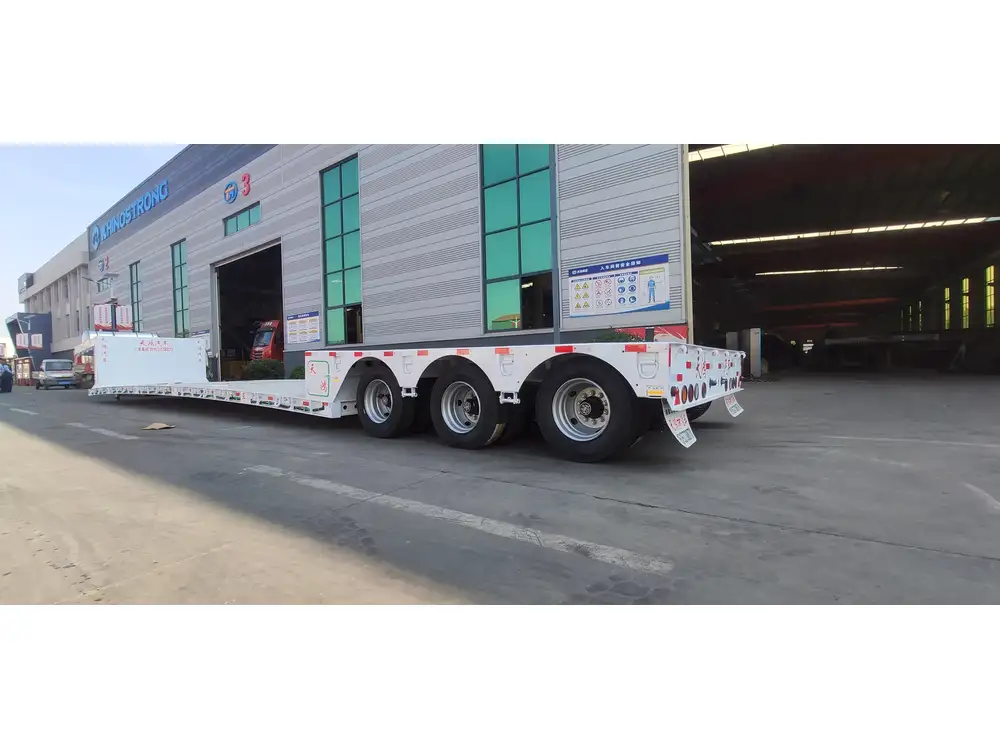
2. Increased Load Capacity
The combination of a semi-trailer and a tractor allows for greater loads compared to smaller truck-and-trailer configurations. This capacity enables companies to maximize their transport efficiency.
3. Flexibility in Operations
With various types of semi-trailers available, companies can adapt their fleets to different needs, ensuring that cargo requirements can be met regardless of the load type.
4. Better Fuel Efficiency
Modern semi-trailers often come equipped with aerodynamic features designed to minimize drag, leading to lower fuel consumption per load mile.
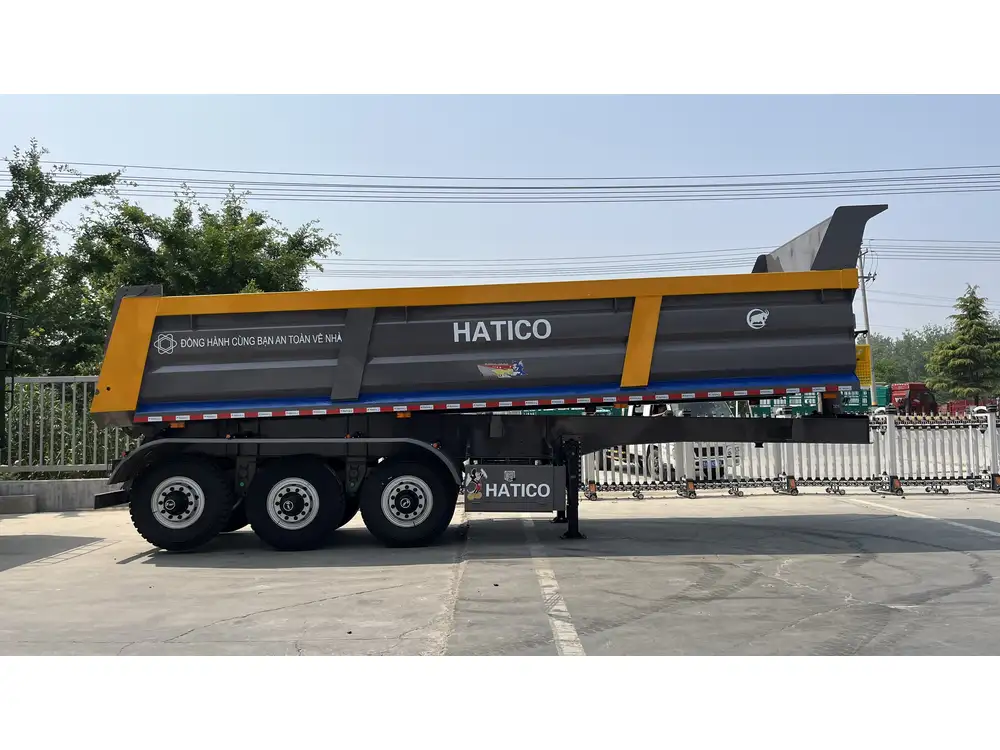
5. Loading and Unloading Efficiency
The design of semi-trailers allows for quicker loading and unloading processes, often facilitated by the use of forklifts or pallet jacks, thereby reducing downtime.
Semi-Trail vs. Full Trailer: A Comparison
In order to understand the practicality of semi-trailers, it’s essential to compare them with full trailers.
Structural Differences
| Feature | Semi-Trailer | Full Trailer |
|---|---|---|
| Support | Partially supported by the tractor | Fully supported by its own axles |
| Coupling | Uses a fifth wheel hitch | Uses a standard hitch that connects to a rear bumper |
| Maneuverability | Greater pivoting capability | Limited to the vehicle’s turning radius |
| Weight Distribution | Optimized due to tractor support | Independent weight distribution |
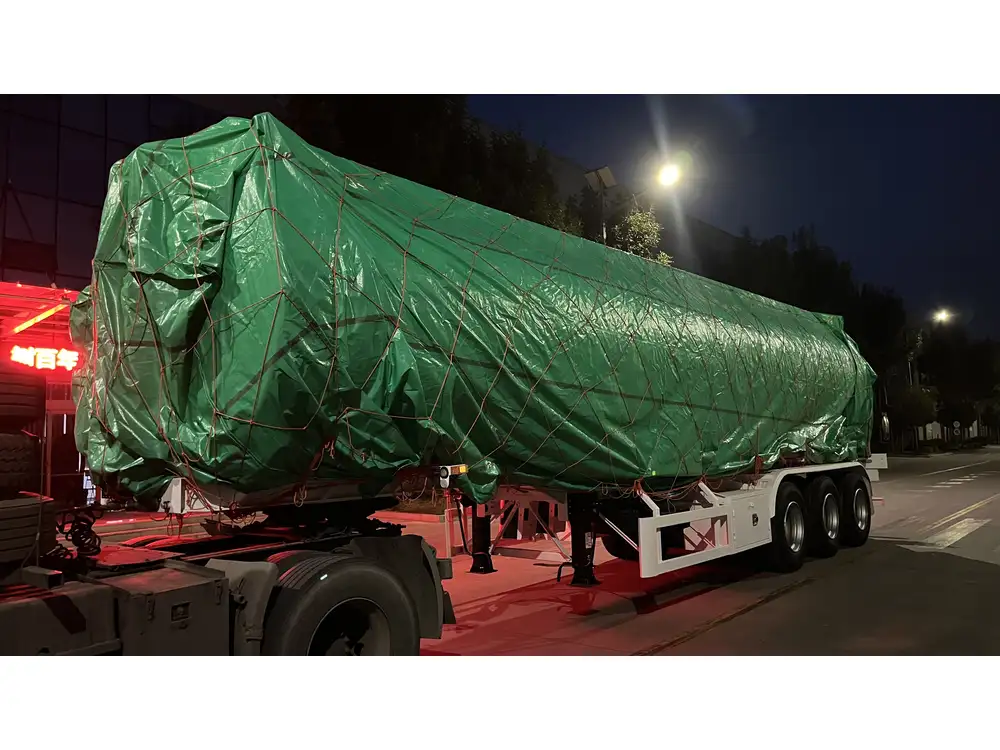
Operational Considerations
- Loading and Unloading: Semi-trailers offer faster loading and unloading times, particularly with dock loading facilities.
- Cost Efficiency: Operating a semi-trailer may involve higher initial costs (trucks and trailers together) but pays off through improved payload and fuel savings.
- Versatility: Semi-trailers can be more easily adapted to meet various hauling requirements because of their attachable nature.
Common Issues in Semi-Trailer Operations
While semi-trailers are advantageous, operators also face challenges that can hinder efficiency and safety.
1. Maintenance Concerns
Regular inspections and maintenance are crucial to prevent issues such as brake failure and tire blowouts. Implementing a preventive maintenance schedule can mitigate these risks.

2. Weight Regulations
Operators must be vigilant about weight limits, as exceeding them can lead to fines and legal issues. Understanding varying regulations across different states or regions is critical.
3. Visibility Challenges
Longer trailers can create blind spots, making driving more hazardous. Training for drivers on how to manage this is vital for road safety.
4. Weather Effects
Inclement weather can pose a danger to semi-trailer operations. Drivers need proper training to navigate adverse conditions effectively.
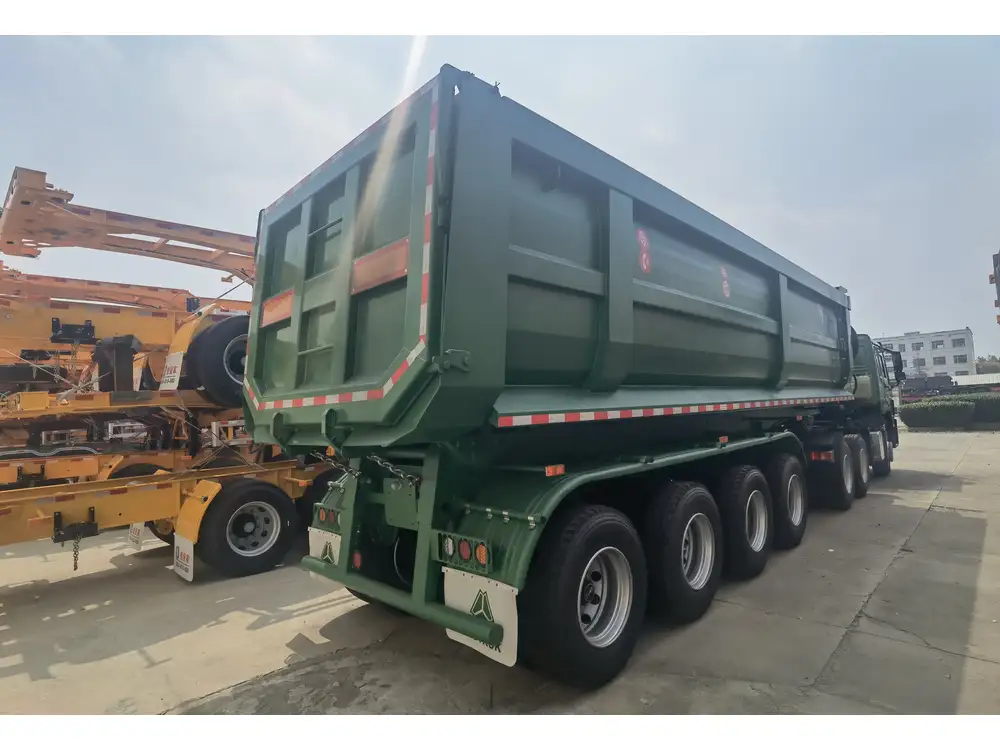
Future Trends in Semi-Trailer Design and Technology
As the logistics ecosystem evolves, so too does the design and functionality of semi-trailers. Notable trends include:
1. Sustainability Practices
The shift towards eco-friendly materials and fuel-efficient designs, such as electric or hybrid semi-trucks, is gaining traction, promising reduced carbon footprints.
2. Smart Technology Integration
IoT connectivity is brought into play, offering real-time tracking of trailers, enhancing security and operational efficiency.

3. Modular Semi-Trailer Designs
Innovative designs that allow for interchangeable segments hold promise for adaptability, potentially transforming the industry.
4. Enhanced Safety Features
Automatic braking systems, lane-keeping assistance, and blind-spot monitoring technologies are increasingly being integrated into modern semi-trailer design.
Conclusion
The semi-trailer, a marvel of logistical engineering, embodies a rich history and a multifaceted future. Understanding its origins, functionality, and advantages illustrates the crucial role it plays in transporting goods efficiently. As we look ahead, the evolution of semi-trailer designs and technologies signals exciting advancements that will continue to shape the landscape of transportation. Manufacturers, drivers, and logistics experts must remain informed to leverage these insights effectively, ensuring that they harness the full potential of this crucial freight transport solution.



